This isn’t the only solution, but it is one way to help. When adding or replacing plants in a yard or garden, make an effort to use as many native species as possible. Native birds need native plants to survive. The plants need to be native to a particular habitat. A Colorado spruce is not native to southern Ontario.
In southern Ontario, there is a narrow strip of Carolinian forest zone, which stretches from Niagara Region and Windsor right down into the southern United States. People living in this unique ecological niche can grow a wide variety of plants, but this has a negative effect by enabling people to grow many exotic plants. Instead, people should increase biodiversity by using native species.
Here are a few examples of Carolinian trees and shrubs that would be much better for this area’s ecology: pawpaw (Asimina triloba), sassafras (Sassafras albidum), tulip tree (Liriodendron tulipifera), Kentucky coffee tree (Gymnocladus dioicus), spicebush (Lindera benzoin), eastern hemlock (Tsuga canadensis), witch-hazel, flowering dogwood and eastern redbud. There are many more.
Among the hundreds of native Carolinian Zone flowers are jewelweed (Impatiens pallida), trillium (Trillium grandifolium), Dutchman’s breeches, jack-in-the-pulpit, blazing star, wild bergamot, bee balm and black-eyed Susan. Many, like the wildlife that depend on them, are endangered. (Be careful planting some in an area frequented by pets, because some are toxic.)
Check with a local conservation organization for names of plants for specific ecological zones. You will be surprised by the variety of plants available.
Another way to help is by being very careful with the use of chemicals on your farm, lawn or garden, especially herbicides and insecticides. Look for natural controls whenever possible to avoid poisoning birds.


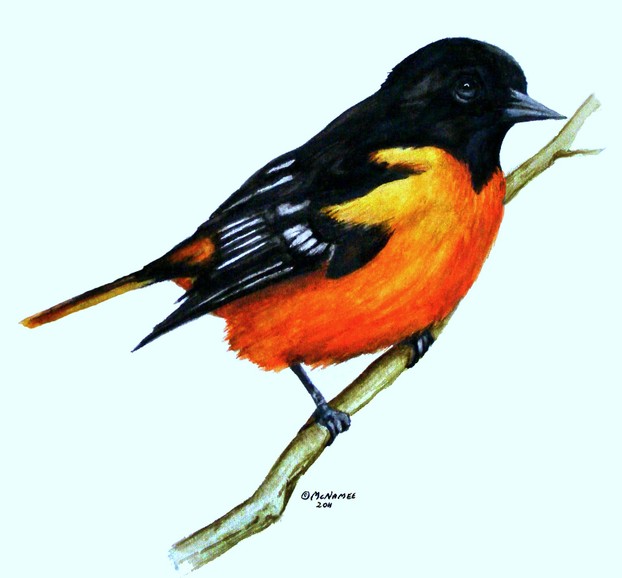
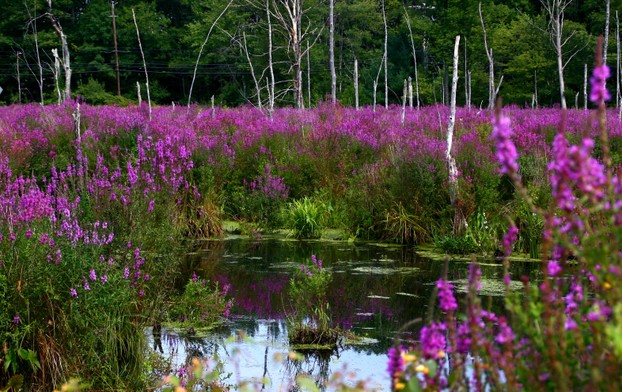
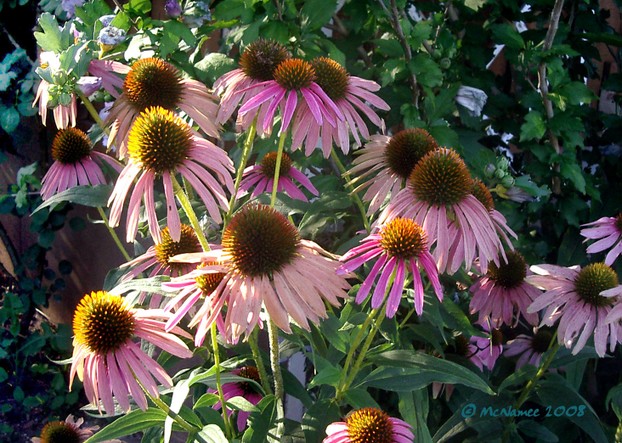
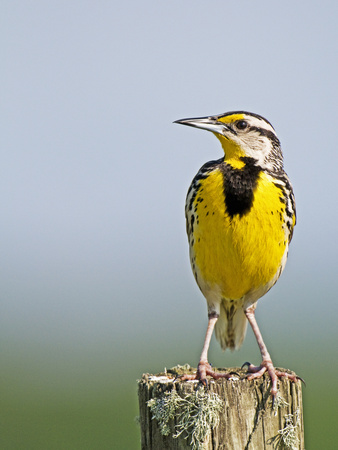
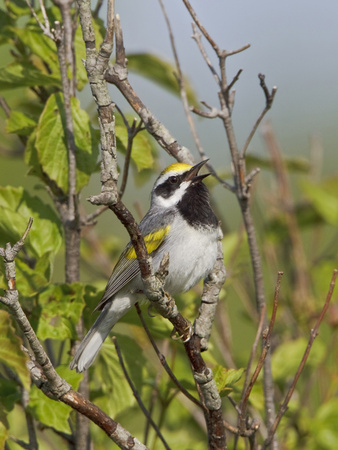




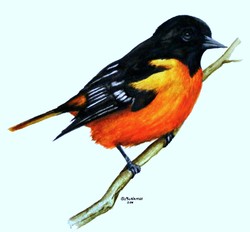

 Versatile Nova Scotia Duck Tolling Retrieverson 08/02/2014
Versatile Nova Scotia Duck Tolling Retrieverson 08/02/2014
 Should You Spay or Neuter Your Puppy?on 08/12/2014
Should You Spay or Neuter Your Puppy?on 08/12/2014
 Horse Racing History: the Preakness Stakeson 05/15/2014
Horse Racing History: the Preakness Stakeson 05/15/2014
 Dinosaurs Will Be On Display in Trenton, Ontario, Canadaon 07/29/2013
Dinosaurs Will Be On Display in Trenton, Ontario, Canadaon 07/29/2013

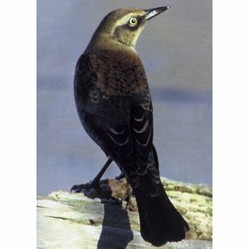
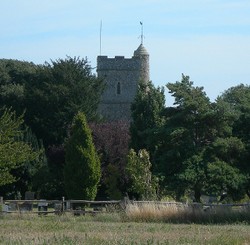
Comments
It might look so pretty that others would copy it! I left part of my large back yard to go into a natural meadow.
I didn't think of the herbicides killing birds. I just put some down in my front yard today. I would much rather have birds than grass. I live in Kentucky and everyone has these massive grass lawns. I would like to turn mine into a cottage garden for the birds and butterflies. I don't think my neighbors would appreciate it though and it would look funny in the neighborhood, but maybe I'd start a trend.
I live in a very nature conscious area of the country (NH) and there are lots of birds, but I don't see much variety. I am trying to fill my yard with native plants and flowers to attract birds. They help keep the bugs down in summer, and I am an organic gardener. I'd hate to see our songbirds disappear. Your example of the loosestrife is a great wake-up call.
Oh how important. I love birds. I provide all sorts of feeders and water supplies and enjoy seeing lots of wonderful creatures. Some of my favorites I see every year are; blue jays, cardinals, red or purple and yellow finch's, hummingbirds and morning doves or doves of some sort. I also have geese drop by for a visit during their travels. Great article!
Haven't seen a House Finch in a few years. Sad! Very true! Well done article!